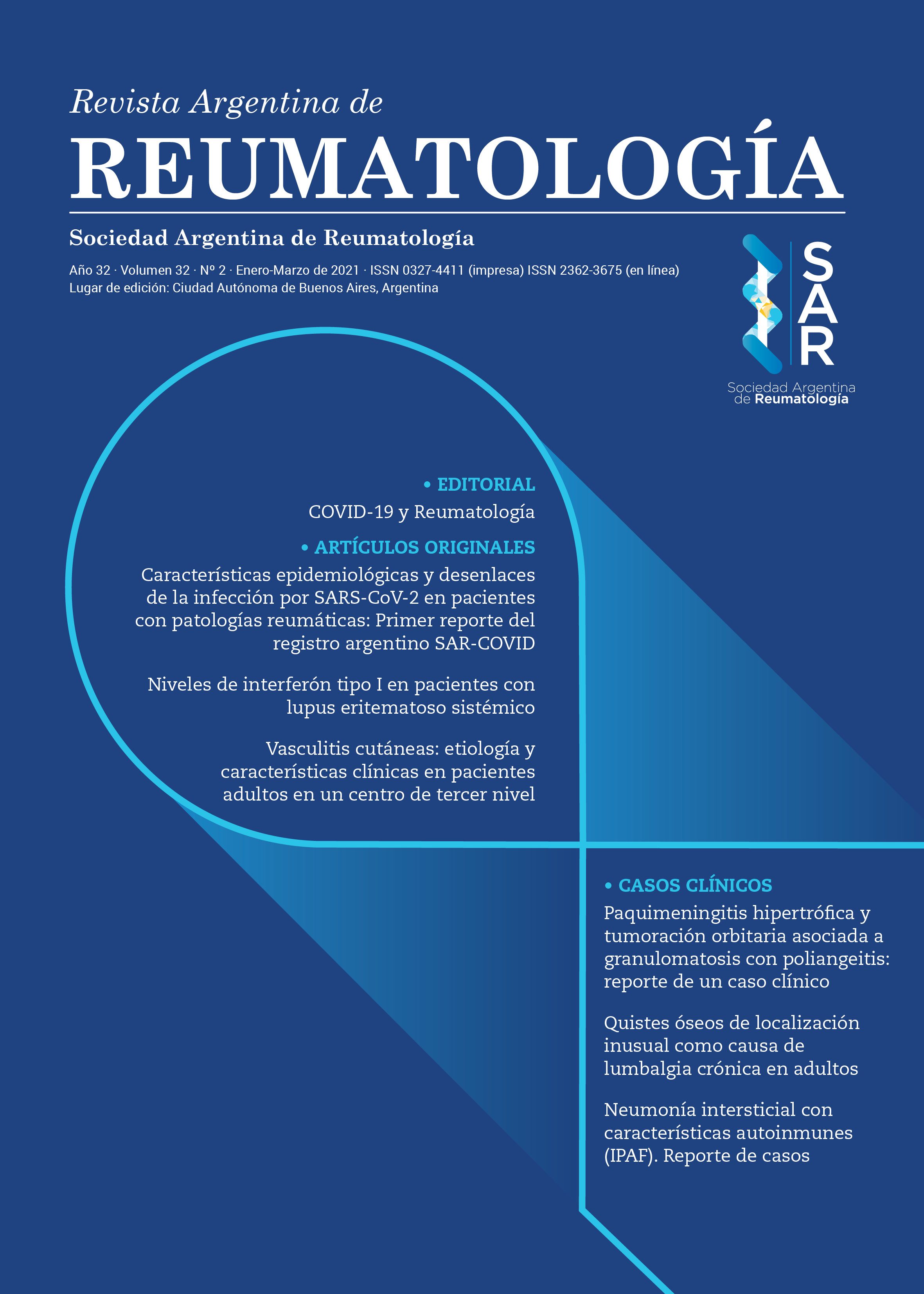Comparison of patients with systemic lupus erythematosus treated in public centers versus private health centers.
Abstract
Recent studies on systemic lupus erythematosus (SLE) have reported more favorable outco-mes thanks to better knowledge of the disease, more expert management of it, and rational use of treatments. In this study we identified 301 SLE patients, seen between 1988 and 2019. Two hundred and twenty eight patients were treated in the public health system and 73 in private practice. In comparing both groups, we discovered that patients in the public health system were youn-ger at first consultation and at SLE onset and that the mean duration of their disease prior to first consultation was shorter in a statistically significant way. Also, they showed more frequence of leucopenia, Sm antibody, renal involvement and received I.V. corticosteroids . Patients treated in the public system of health showed more accrual damage over the 10 first years of the disease than patients seen in the private system of health, but death in both groups was similar. Patients from both public and private groups were attended by medical specialist practices who made close follow-ups.References
I. Rúa Figueroa I; Erausquin C. Factores asociados con mortalidad en lupus eritematoso sistêmico. Sem Fund Esp Reumatología 2008; 9: 219-234.
II. Schmid MM; Roverano SG; Paira SO. Comparación de datos demográficos, presentación clínica, tratamiento y desenlace de pacientes con lupus eritematoso sistémico tratados en un centro público y otro privado de salud en Santa Fe, Argentina. Reumatol Clin 2014; 10:294-8.
III. Tan EM; Cohen AS; Fries JF et al. Special article: the 1982 revised criteria for the classification of systemic lupus erythematosus. Arthritis Rheum 1982; 25: 1271-7.
IV. Bombardier C; Gladman DD; Urowitz M et al. Derivation of the SLE-DAI: a disease activity index for lupus patients. Arthritis Rheum 1992; 35:630-640.
V. Mayor A; Vilá L; De La Cruz M et al. Impact of manager care on clinical outcome of systemic lupus erythematosus in Puerto Rico. J Clin Rheumatology 2003; 9: 25-32.
VI. Wallace D; Podell T; Weiner J et al. Systemic Lupus Erythematosus- Survival Patterns. Experience with 609 patients. JAMA 1981; 245: 934-938.
VII. Dubois E; Tuffanelli D. Clinical manifestations of systemic lu-pus erythematosus. Computer analysis of 520 cases. JAMA 1964; 190:104-111.
VIII. Ward MM. Hospital experience and mortality in patients with sys-temic lupus erythematosus. Arthritis Rheum 1999; 42:891-898.
IX. Kassirer JP. Access to special care (Editorial). NEJM 1994; 331:1151-1153
X. Ward MM. Association between physician volume and in-hospital mortality in patients with systemic lupus erythematosus. Arthritis Rheum 2005; 52:1646-1654.
XI. Reveille JD; Bartolucci A; Alarcón GS. Prognosis in systemic lupus erythematosus. Negative impact of increasing age at onset, black race, and thrombocytopenia, as well as causes of death. Arthritis Rheum 1990; 33: 39-47.
XII. Cooper GS; Parks CG; Treadwell EL; StClair EW; Gilkeson GS; Co-hen PL et al. Differences by race, sex and age in the clinical and immunologic features of recently diagnosed SLE patients in the southeastern United States. Lupus 2002; 11: 161-167
XIII. Petri M; Perez-Gutthann S; Longenecker JC et al. Morbidity of sys-temic lupus erythematosus: role of race and socioeconomic status. Am J Med 1991; 91: 345-353.
Copyright (c) 2020 Intellectual property rights: authors. Reproduction rights: Argentine Society of Rheumatology

This work is licensed under a Creative Commons Attribution-NonCommercial-NoDerivatives 4.0 International License.










